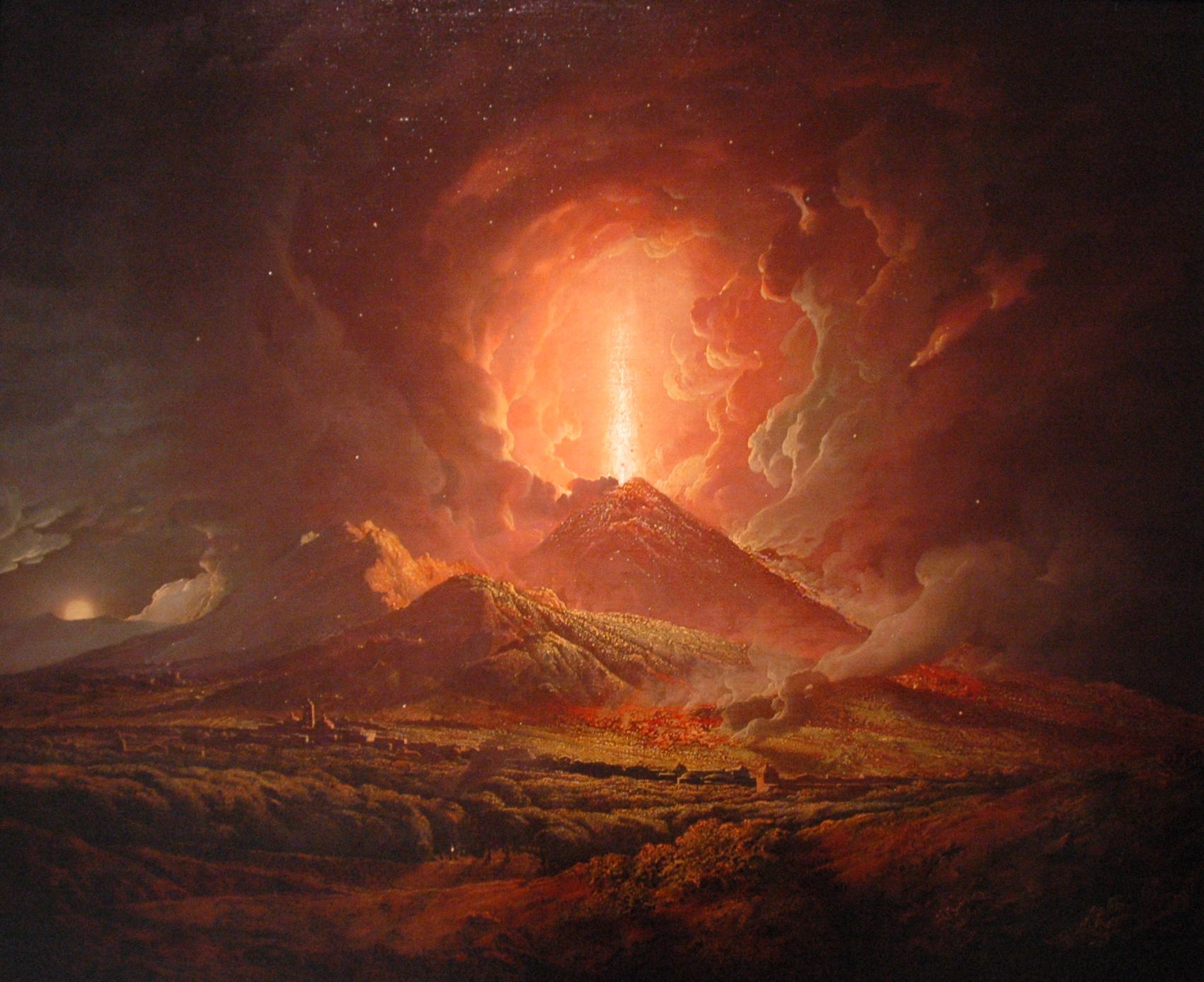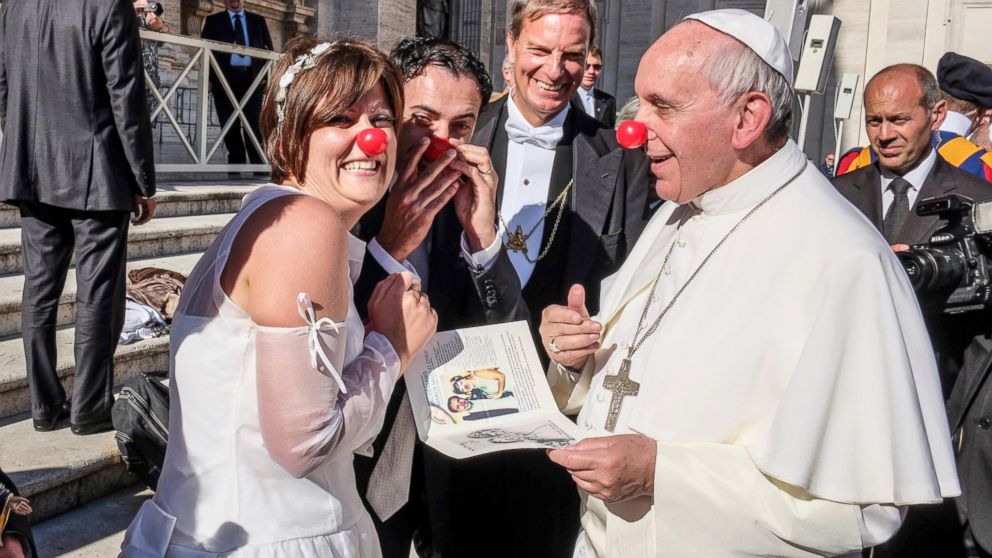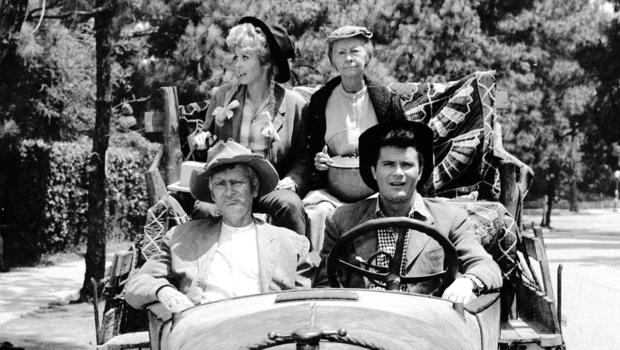I PUT off the unpleasant task of delving into the dirty details of Jorge the Joyful’s manifesto on the family, Amoris Laetitia. (It is not, by the way, an “apostolic exhortation.” It is an anti-apostolic exhortation.)
Let me begin.
Jorge has made one of the most blatant endorsements of feminism offered by any of the Vatican II antipopes — and that’s saying a lot given John Paul II’s enthusiasm for UN-style, One World feminism:
[54] There are those who believe that many of today’s problems have arisen because of feminine emancipation. This argument, however, is not valid, “it is false, untrue, a form of male chauvinism”. The equal dignity of men and women makes us rejoice to see old forms of discrimination disappear, and within families there is a growing reciprocity. If certain forms of feminism have arisen which we must consider inadequate, we must nonetheless see in the women’s movement the working of the Spirit for a clearer recognition of the dignity and rights of women. [Amoris Laetitia]
There is not much waffling here, though Jorge the Joyful does leave an escape hatch when he speaks of “certain forms of feminism” that are “inadequate” (not bad but inadequate). Feminism — with its tidal wave of female-initiated divorce, abortion, child abandonment and other forms of social breakdown — is cause for, you got it, joy. It “makes us rejoice.” [You might need a few anti-nausea tablets in reading this document.]

True popes rejected the anti-Christian cult that is feminism and fought against it by affirming what Jewish conquerors and other Marxist enemies of social order have always hated: the immense moral power of the keeper of the home. Pope Pius XII stated that mothers were responsible for the moral training of their children through adolescence and exhorted women to honor their traditional responsibilities:
You see, o wifes, to what an extent you are responsible for the harmony and happiness of the home. Just as it is the duty of your husband to work to provide the necessities for the home, it is your duty by your wisdom to ensure its proper well-being and to procure the undisturbed serenity of your common life. This is not only an office given you by nature, but a duty of Christian virtue, by the acts and merits of which you grow in the love and grace of God.
But that’s not all from the mouth of the Argentine Bomber. Jorge also rejects St. Paul:
[105] Every form of sexual submission must be clearly rejected. This includes all improper interpretations of the passage in the Letter to the Ephesians where Paul tells women to “be subject to your husbands” (Eph 5:22). This passage mirrors the cultural categories of the time, but our concern is not with its cultural matrix but with the revealed message that it conveys… Paul goes on to say that “husbands should love their wives as their own bodies” (Eph 5:28). The biblical text is actually concerned with encouraging everyone to overcome a complacent individualism and to be constantly mindful of others: “Be subject to one another” (Eph 5:21). In marriage, this reciprocal “submission” takes on a special meaning, and is seen as a freely chosen mutual belonging marked by fidelity, respect and care.
“The biblical text is actually concerned with encouraging everyone to overcome complacent individualism and to be constantly mindful of others.”
Then why didn’t Paul say “be mindful of each other?” Huh, you venomous snake?
No, the “cultural categories” Paul lived within are similar to the cultural categories in which we live. They both occur within the context of human nature and the Fall of Man. God himself decreed that he had created woman as the helpmate to man. He did not create Adam and Eve at the same time. He created Adam first. [And the evolutionary Darwinian scheme that somehow man and woman “evolved” separately is biologically impossible. Two organisms possessing complementary anatomical features, which have no independent purpose, cannot develop separately?]
And the Lord God said: It is not good for man to be alone: let us make him a help like unto himself. [Genesis 2:18]
And when Eve forgot this sacred law, she ran into problems right from the get-go in the garden.
While it is true that womanly submission is complicated affair, not the same as the submission of a child to a parent or the submission of a servant to a master, it is still submission.
Jorge’s statements add to the mountain of heresies this impostor has uttered. He has created a veritable Mount Vesuvius of heresies — and you don’t have to be a theologian to see this mountain for what it is.


![Bathsheba oil painting on canvas by Willem Drost (1654). [detail]](https://www.thinkinghousewife.com/wp/wp-content/uploads/2016/04/Bathsheba640x400.jpg)











